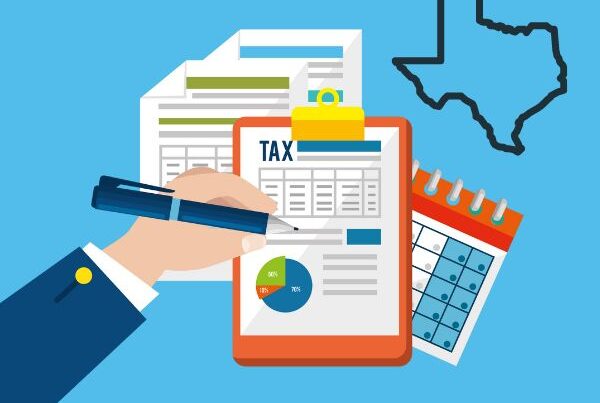
Exempt Employees
Employees with the exempt designation do not have to be paid overtime. There are a number of exemptions, but the one most businesses are familiar with is the white collar exemption. This is also known as the Exemption for Executive, Administrative, Professional, Computer & Outside Sales Employees. Requirements vary by role, but essentially boil down to
- Paid a fixed salary
- Paid at least $684 per week or $35,568 annually
- Perform executive, administrative, or professional duties, as defined in the Department of Labor’s regulations (the “duties test”)
There are a lot of details on the “duties test” so refer to this DOL fact sheet for what qualifies.
Overtime Laws for Non-Exempt Employees
For employees classified as non-exempt to overtime laws, here is the definition of what must be done:
- Employees who work more than 40 hours a week must be paid overtime
- A week may be defined by the employer, but must be the same 168-hour timeframe. For example: Monday to Sunday or Wednesday to Tuesday. A company could even have a weird workweek that ends and begins at 11:11 AM on Thursdays as long as it is consistent.
- Overtime pay must be at least 1.5 their regular pay
See the long DOL explanation here.
Tracking time is essential for non-exempt employees so a good time-tracking solution like TSheets is helpful.
2020 Overtime Rule Changes
Let’s get into the changes that take effect on January 1:
- Minimum salary raising from $455 per week to $684 per week or from $23,660 to $35,568 per year
- The total annual compensation requirement for “highly compensated employees” is raising from the currently enforced level of $100,000 per year to $107,432 per year
- This allows non-manual labor employees who meet some, but not all of the duties tests and are paid a lot, to be exempt from overtime. See this DOL fact sheet for more details
- Allowing employers to use non-discretionary bonuses and incentive payments (including commissions) paid at least annually to comprise up to 10% of the salary minimum
- There is a lot to unpack here so see this DOL fact sheet for details
- Revising the special salary levels for workers in U.S. territories and the motion picture industry
For more details on
Here is the official DOL announcement of these overtime rules and the associated FAQ.
Misclassification Consequences
We all know there are many employers who want to play fast and loose with the exempt classification. There are back taxes, interest, and fees\penalties that can be applied for those that go down this path. Our recommendation is don’t do it. For a deeper dive on this topic, see this article on FLSA Deadly Sin #1: Misclassifying Employees by TSheets.
What to Do About the 2020 Overtime Rule Changes
Here are the key things every employer should do to prepare for this change:
- Review all exempt employees to see that they meet the new salary limits
- For anyone who is under the limit, you have two options:
- Give them a raise
- Change them to non-exempt and begin tracking their time and paying overtime when applicable
If these 2020 overtime rule changes are overwhelming to you, LedgerGurus can help. You can also view our video on these changes, which has more details.





